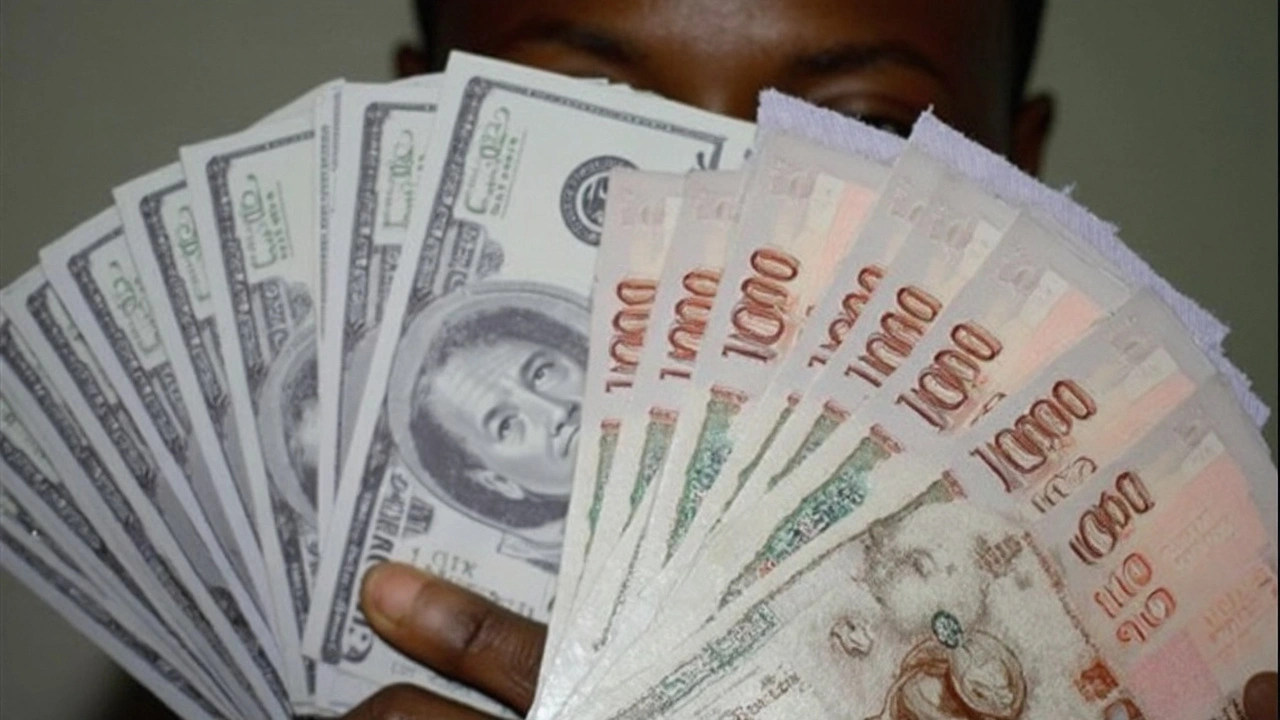What Exactly Is an FX Gap in Forex Trading?
If you've ever watched currency charts, you might have spotted some strange breaks or jumps in price. These are known as FX gaps, and they're a pretty natural part of forex markets. Simply put, an FX gap happens when the price of a currency pair opens significantly higher or lower than where it closed previous trading hours, leaving a space or 'gap' on the chart.
These gaps occur mostly because forex trading is decentralized and runs 24/5 across worldwide markets. When major events or news hit during times when certain markets are closed, prices can adjust sharply by the time those markets reopen. For example, if a key economic report comes out overnight in the US, Asian or European markets might see a gap when they open.
Why FX Gaps Matter to Traders
FX gaps are more than just chart quirks — they can signal strong moves or volatility ahead. Traders watch gaps closely as they can hint at momentum, emerging trends, or market sentiment shifts. For instance, a gap up may mean buyers are eager or confident, while a gap down could signal risk or uncertainty.
One common reaction is the 'gap fill,' where prices move back to cover the gap area soon after. But this doesn’t always happen quickly or at all, so it’s a useful point for traders to consider stops, entries, or exits.
How to Handle FX Gaps Smartly
Dealing with FX gaps means planning ahead. Since gaps are often unpredictable and linked to news, having a risk management plan is key. Make sure your stop-loss orders account for possible gaps to avoid unexpected hits. Also, consider trading around major economic news with caution or avoid opening new positions just before events that might trigger big moves.
Remember that gaps can offer opportunities too. If you spot a gap aligned with a strong trend or confirmatory signals, it might be a chance to jump on a momentum trade. Just don’t forget that gaps can also lead to sudden reversals and widened spreads, especially right after market opens.
In short, the FX gap is a chart feature every forex trader should know well — it tells stories about market timing, news impact, and the emotional states of buyers and sellers around the globe. Keeping an eye on gaps ensures you’re never caught off guard when the price snaps from one level to another overnight.
Nigeria Central Bank Holds Rates as FX Gap Narrows and Inflation Eases in 2025
Nigeria’s Central Bank has kept its main rate at 27.5%, citing nearly equal official and parallel FX rates, cooling food inflation, and rising reserves. Governor Olayemi Cardoso credits recent reforms for stronger market confidence but signals careful monitoring ahead.

